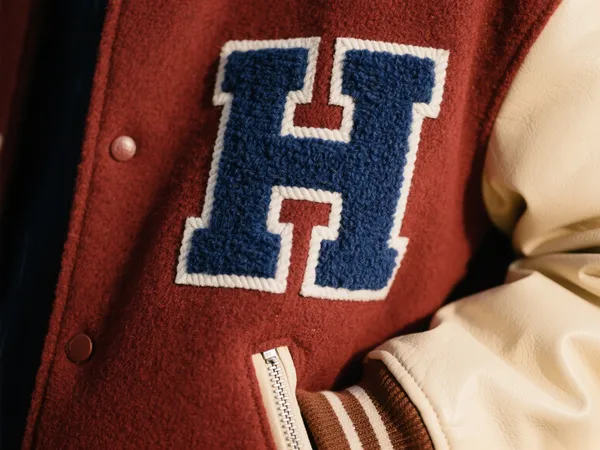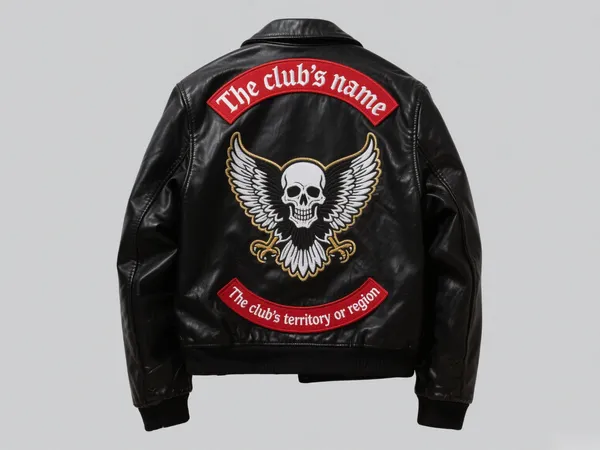Looking to add personality or branding to your favorite hat? A iron on hat patch offers a fast, affordable, and stylish way to do it—without the need for sewing. Whether you’re a small business, a fashion DIYer, or part of a sports team or event, toppe personalizzate per cappelli can help you create professional-looking caps with ease.
In this article, we’ll explore how iron-on patches work on hats, what materials are best, and practical tips for getting the best results.
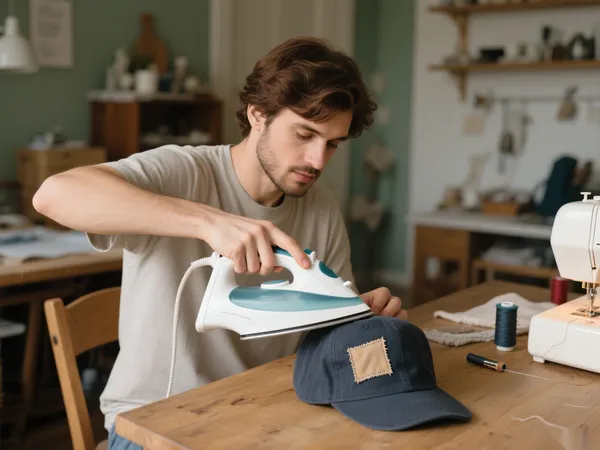
Why Choose an Iron On Patch for Hats?
Applying patches to hats used to require stitching or embroidery. But with heat press patches for hats, customization is easier than ever. Here’s why it’s a go-to method:
✅ Non è necessario cucire
Just a household iron or heat press will do—perfect for home crafters or small-scale production.
✅ Personalizzazione conveniente
Create personalized hats for events, clubs, small brands, or giveaways without expensive embroidery machines.
✅ Finitura professionale
Modern iron-on adhesives ensure a secure, clean, and long-lasting bond on most hat materials.
What Types of Hats Work Best with Iron-On Patches?
While many styles can work, certain hats are better suited for iron-on applications due to their material and shape:
🧢 Cappellini da baseball (cotton, canvas, twill) – Ideal flat or semi-flat front panels
🧢 Trucker Hats – Cotton or polyester blend fronts work best; avoid mesh areas
🧢 Bucket Hats – Great for larger patches or all-around branding
🧢 Dad Hats / Low Profile Caps – Use small patches that curve with the crown
🎩 Beanies or Knit Caps – Iron-on may not adhere well; use sew-on patches instead
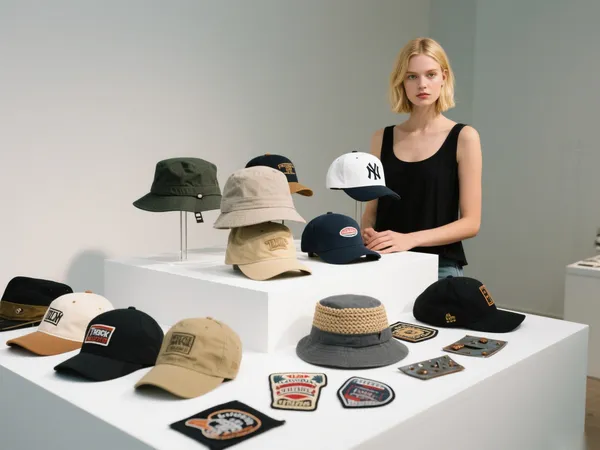
How to Apply an Iron On Patch to a Hat
Follow these steps to get a clean, durable bond when using an iron on hat patch:
Step 1: Choose the Right Surface
The front panel of the hat (preferably flat) is best. Avoid curved seams or mesh zones.
Step 2: Preheat the Area
Warm the hat slightly with your iron for a few seconds to prep the fabric.
Passaggio 3: posizionare la patch
Place the patch with the adhesive side down. Use a ruler or masking tape to align it perfectly.
Step 4: Cover with Cloth
Place a thin towel or parchment paper over the patch to protect it from direct heat.
Step 5: Press with Firm Heat
Using a hot iron (no steam), press down on the patch firmly for 20–30 seconds. Apply even pressure.
Fase 6: Lasciare raffreddare
Allow the patch to fully cool before handling. This helps the adhesive set properly.
💡 Opzionale: For added security—especially on curved surfaces—add a few stitches around the patch edge.
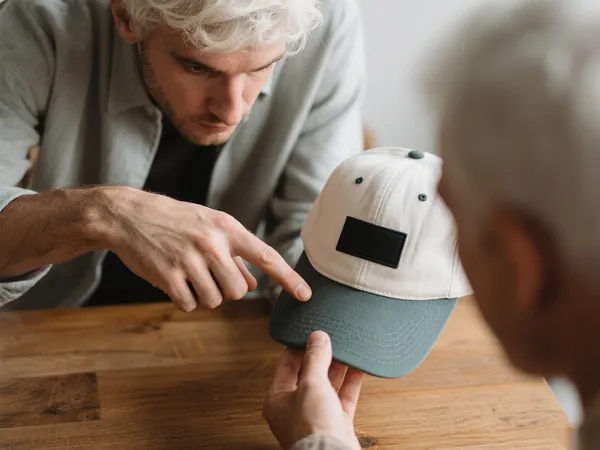
Best Patch Types for Iron-On Hat Use
- Embroidered Patches – Traditional and textured. Bold appearance for logos or emblems.
- Toppe tessute – Cleaner detail for small fonts or intricate art.
- Patch sublimate – Full-color printed designs, perfect for photo-style graphics or complex logos.
- PVC Patches (Heat-activated) – Durable and waterproof, but require a heat press.
- Chenille Patches – Fluffy, varsity-style material great for a retro look.
Custom Hat Patch Design Ideas
- 🏆 Team Logos (baseball, esports, skate crews)
- 🎨 Artistic Designs (illustration, typography, memes)
- 💼 Business Branding (logo caps, promo giveaways)
- 💬 Quotes or Mottos
- 🐾 Clubs & Communities (hiking, pets, fishing, music)
Where to Order Custom Iron-On Hat Patches
Cerca fornitori che offrono:
- Heat-activated backing options
- Free mockups or templates
- Low minimum order quantities (MOQs)
- Hat + patch bundles
Make sure the patch size fits the hat’s available space—standard is 2–3.5 inches across for most front panels.
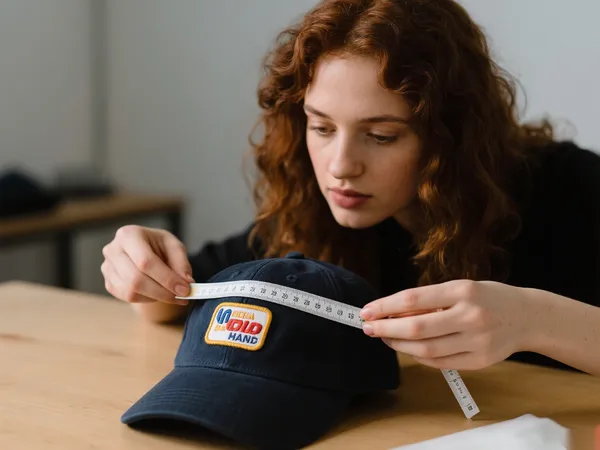
Conclusion: Custom Hats Made Easy with Iron-On Patches
Whether you’re building a brand, outfitting a team, or just making a one-of-a-kind cap, an iron on hat patch gives you the flexibility to turn any hat into a statement piece. With minimal tools and effort, you can create long-lasting, professional customizations that stand out.
Ready to level up your headwear game? Get creative—and press on.

